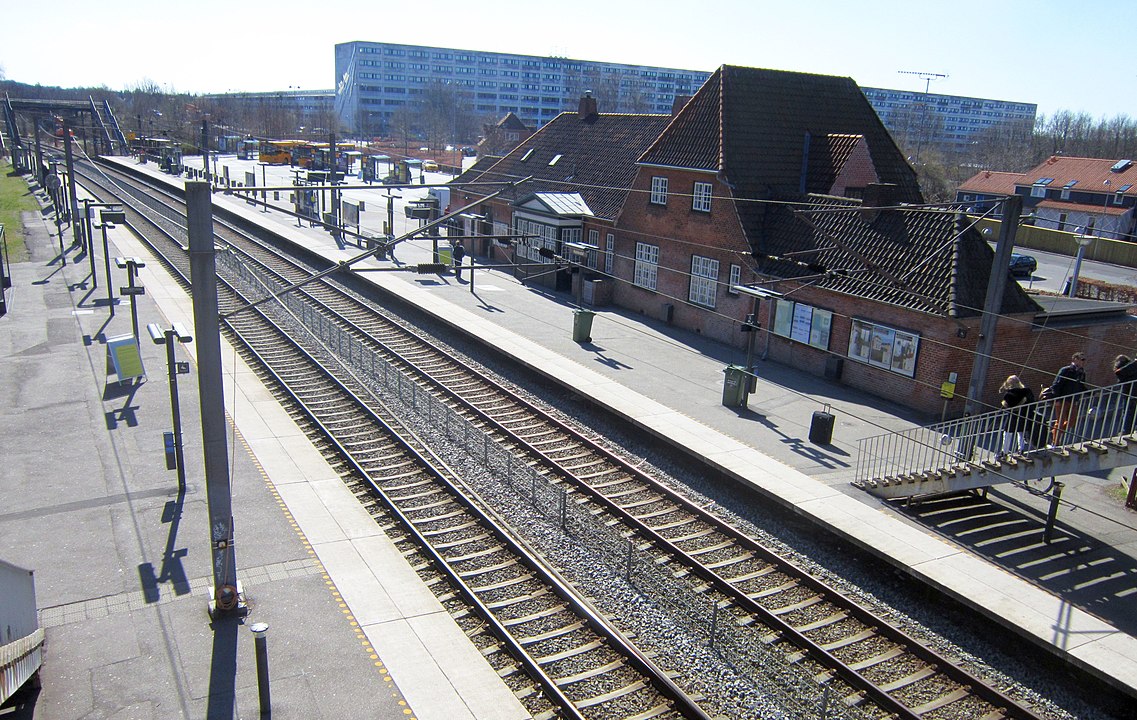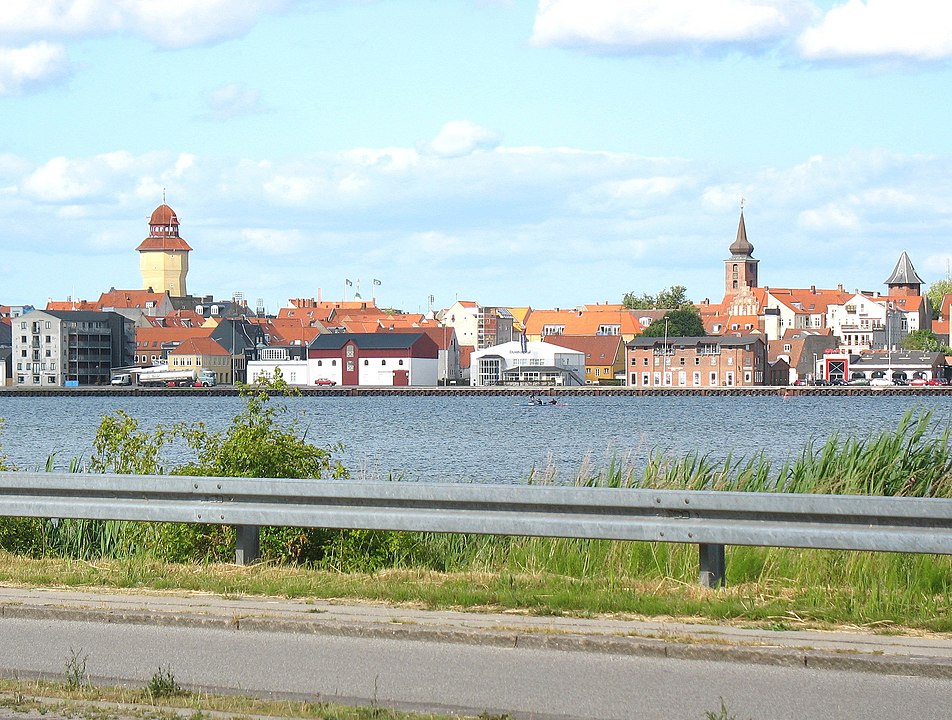The new law means that each parent gets 11 weeks of non-transferable parental leave after their child is born. One parent cannot transfer any of the ‘earmarked’ leave to the other, meaning if they do not use the full 11 weeks, they eventually lapse.
Although the new rules were agreed by parliamentary parties in the autumn, the final vote on the bill did not take place until Thursday. Its approval means the new rules come into force on August 2nd.
This also means Denmark meets the deadline for complying with an EU directive requiring member states earmark nine weeks of statutory parental leave for fathers.
Parents whose children are born on or after August 2nd will be covered by the new rules. For children born before that date, the old rules will apply.
“It is a very positive day for Denmark now that parental leave will be divided evenly between parents. That will benefit mums, dads and especially children,” employment minister Peter Hummelgaard said in a government statement.
New Danish rules meanwhile provide for more flexible arrangements for LGBT+ families. From January 1st 2024, families with same-sex parents will also be able to share parental leave. Single parents will be able to share leave with a close family member.
“Families come in many forms in the year 2022. That’s why I’m very pleased that we are improving the options of LGBT+ families and single parents for sharing parental leave. Laws should follow the times so everyone, regardless of family type, can make arrangements that suit their exact situation,” Hummelgaard said.
READ ALSO: Denmark’s new parental leave rules explained






 Please whitelist us to continue reading.
Please whitelist us to continue reading.
Member comments